
From the Moon to Mars : A Mini Radar To Help Astronauts
It’s an innovative concept that’ll help astronauts use ground penetrating radar to effectively search below the surface as we reach out to the stars in the years ahead. MAPrad is

It’s an innovative concept that’ll help astronauts use ground penetrating radar to effectively search below the surface as we reach out to the stars in the years ahead. MAPrad is

It’s the thirty third week of 2021 and we’ve got details of SpaceX being contracted to launch a billboard into space, but not to hit us with ads from the

A new theory postulates that the slowing of Earth’s rotation in it’s younger years contributed to increased oxygenation of the atmosphere, thus helping more complex life to evolve. We’re joined

It’s the 32nd week of 2021.. and we’ve got details of the shocking moment Kepler caught the end of a massive yellow star… an x-ray image of black hole V404

It’s one of Saturn’s largest moons, visited by Cassini in 2014. Now, new analysis suggests the subsurface ocean could be home to primitive life thanks to the geothermal activity we

It’s the thirty first week of 2021.. Light has been detected bouncing off a black hole, proving Einstein right again… the new Russian module sent the Space Station spinning in

Welcome to another edition of Talkin’ Science, it’s the 29th week of 2021 and the first image of a Saturn-like planet – an exoplanet forming moons in a ring. Marsquakes

A 13 billion year old hypernova has been found by a team of Aussie astronomers at the Siding Springs observatory. The star had an iron-to-hydrogen ratio around 3,000 times lower

In this the 28th week of 2021… Jeff Bezos and company make it to orbit and back again… Another rare insight into a supermassive black hole.. and astronomers find a

It was taking up to forty days for Australians to receive Earth Observing Data, now with the launch of Nova Sar 1 – that’s been dramatically cut down to around

The headlines in this the twenty seventh week of 2021.. They Made It. Richard Branson and the crew on Unity 22 make it to sub orbital space, successfully completing an

Talkin’ Science Fest wraps up today with an exclusive interview with Southern Launch’s CEO Lloyd Damp. A few weeks ago they were given approval for three launches from their new

We’re back up at The Dish for this edition of Talkin’ Science Fest… John Sarkissian has beamed in to give us the low down on everything Parkes – Murriyang –

We’ve been to Tidbinbilla in the past, but never inside the operations center – until now. Team Leader Richard Stephenson is our guide as we continue Talkin’ Science Fest.

Questacon has become the peak science education center in Australia, home to many fantastic exhibitions that can pack up into a truck and travel around the country. It’s seen over

It’s the 26th week of 2021.. A long period comet hundreds of kilometers in diameter is heading to the inner solar system… not one… but two discoveries of the most

The mantle of the far side of the Moon is likely drier than the near side, according to international researchers who say this could help us understand how the Earth’s companion formed.
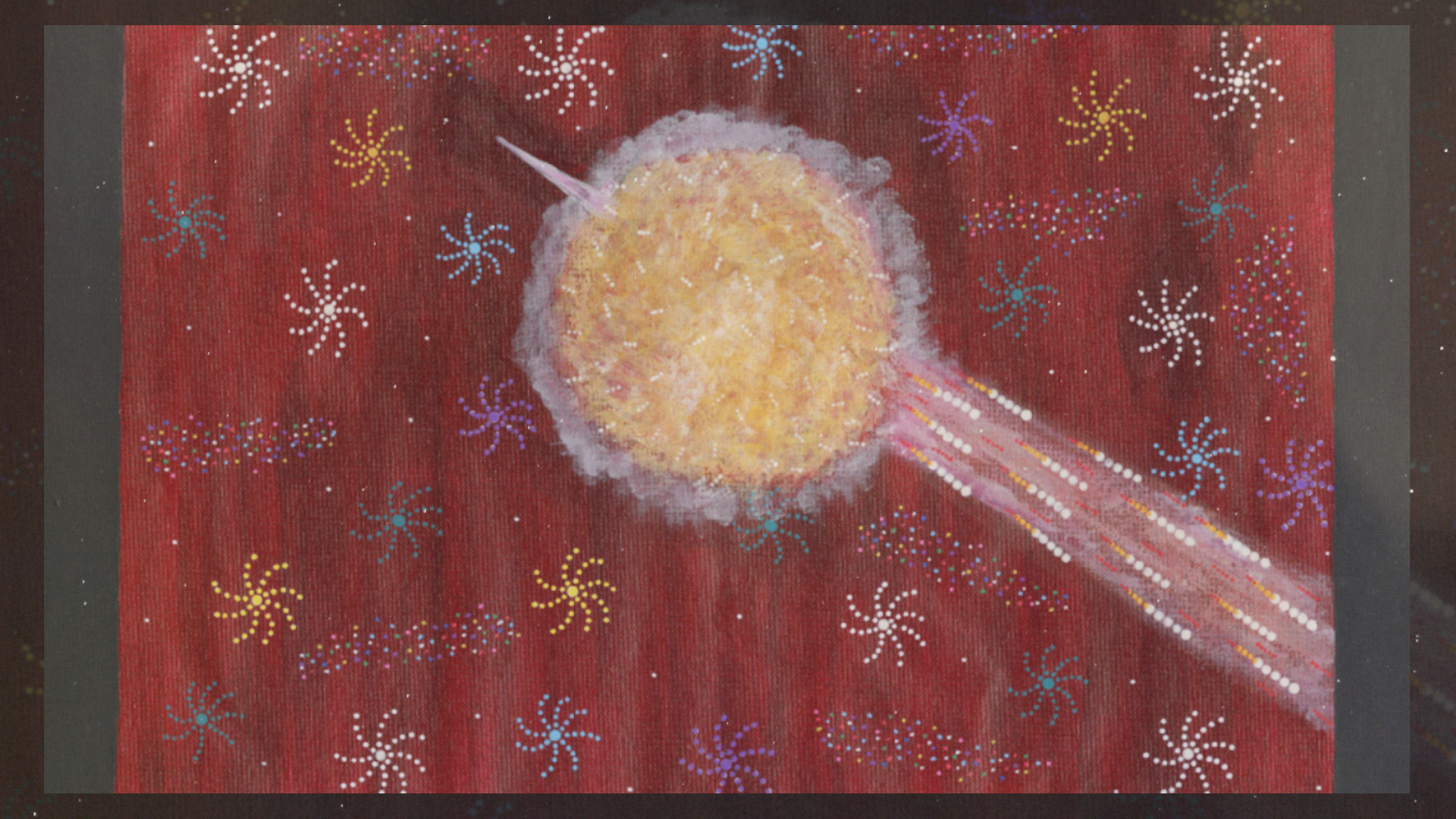
The first trial of an Australian-developed technology has detected mysterious objects by sifting through signals from space like sand on a beach.
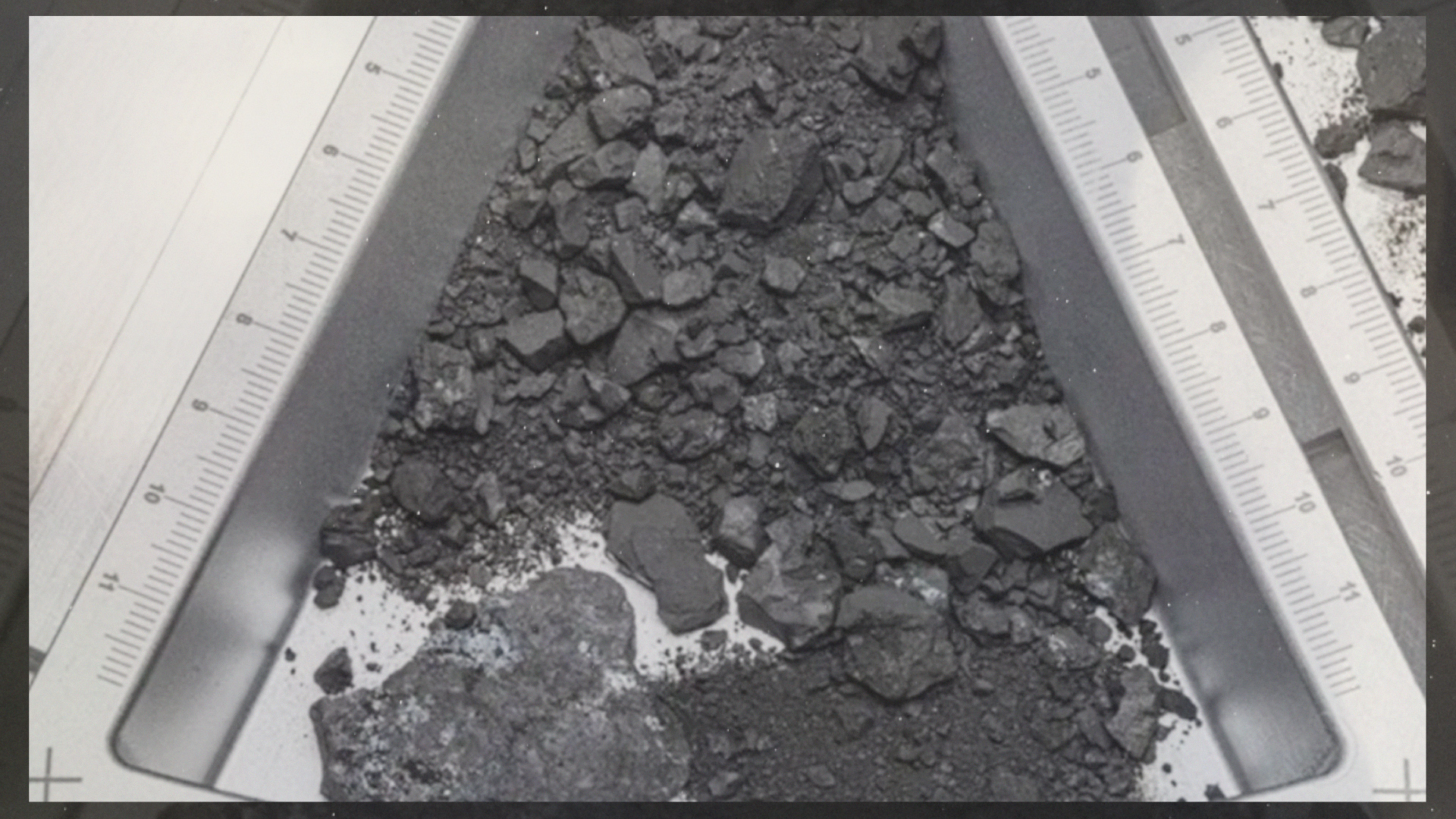
Rock and dust samples brought back from the near-Earth asteroid Bennu contain organic matter, including amino acids and all five DNA and RNA bases, as well as salts that formed early in the history of Bennu’s parent body, according to a pair of studies by international and Australian researchers.
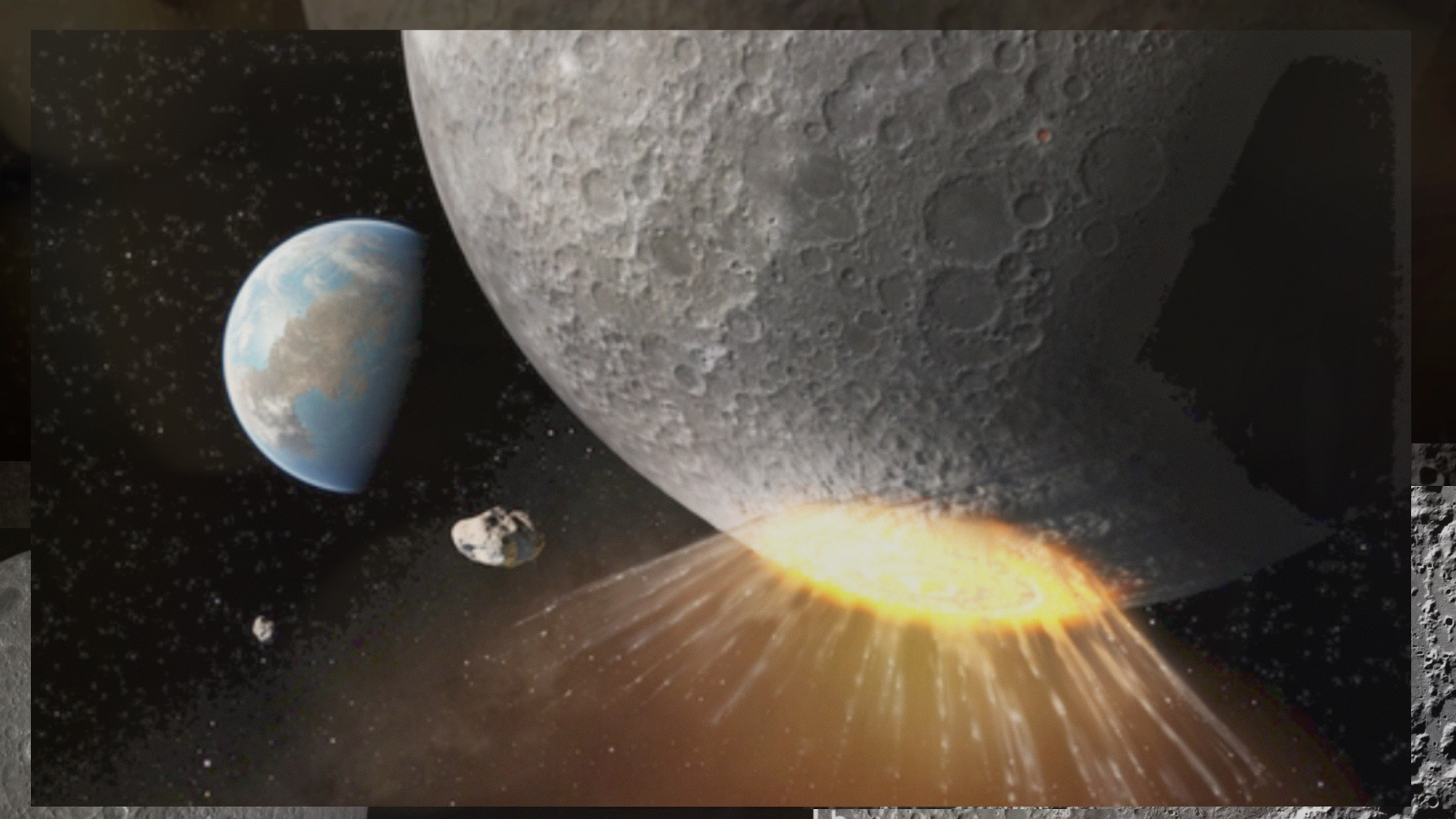
The Schrödinger impact basin is an area of the moon that contains two gigantic canyons – that are definitely there whether you look at it or not – and international researchers say they might have found out how these huge valleys were formed.

Dust on the moon could one day be used to build solar panels, according to researchers who say this could allow astronauts to access power on the moon without carting heavy equipment from Earth.
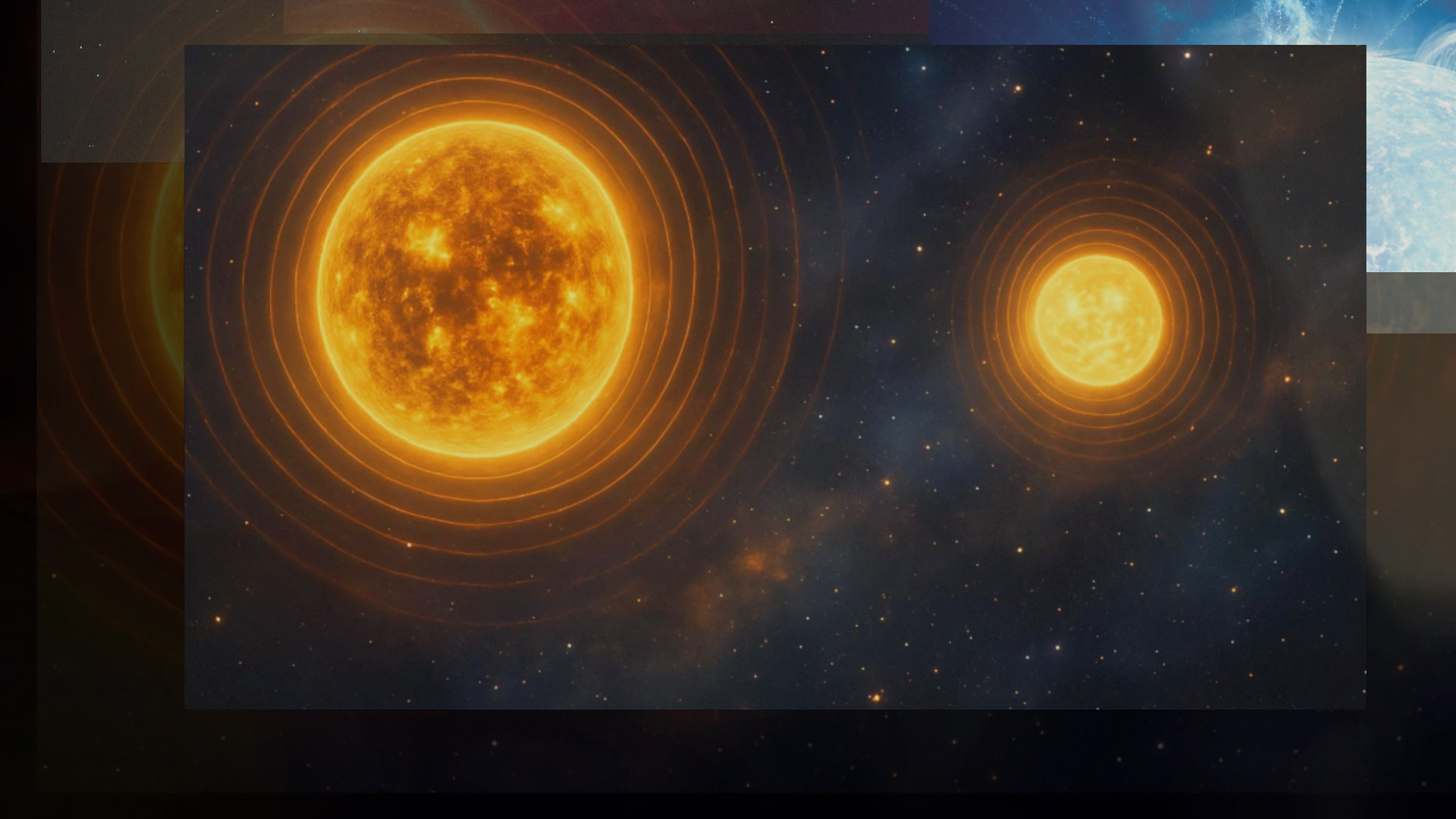
They say music is the universal language of humankind, but some stars in our galaxy exhibit their own rhythm, offering fresh clues into how they and our galaxy evolved over time.

We’re bold, innovative and ambitious digital media creators,
consumers and producers.
We are Trekzone Media.
This is TREKZONE.org.

The mantle of the far side of the Moon is likely drier than the near side, according to international researchers who say this could help us understand how the Earth’s companion formed.

NASA Goddard’s Jason Dworkin is beaming in once again to take us on a deep dive on this episode of Talkin’ Science.

The first trial of an Australian-developed technology has detected mysterious objects by sifting through signals from space like sand on a beach.

Rock and dust samples brought back from the near-Earth asteroid Bennu contain organic matter, including amino acids and all five DNA and RNA bases, as well as salts that formed early in the history of Bennu’s parent body, according to a pair of studies by international and Australian researchers.
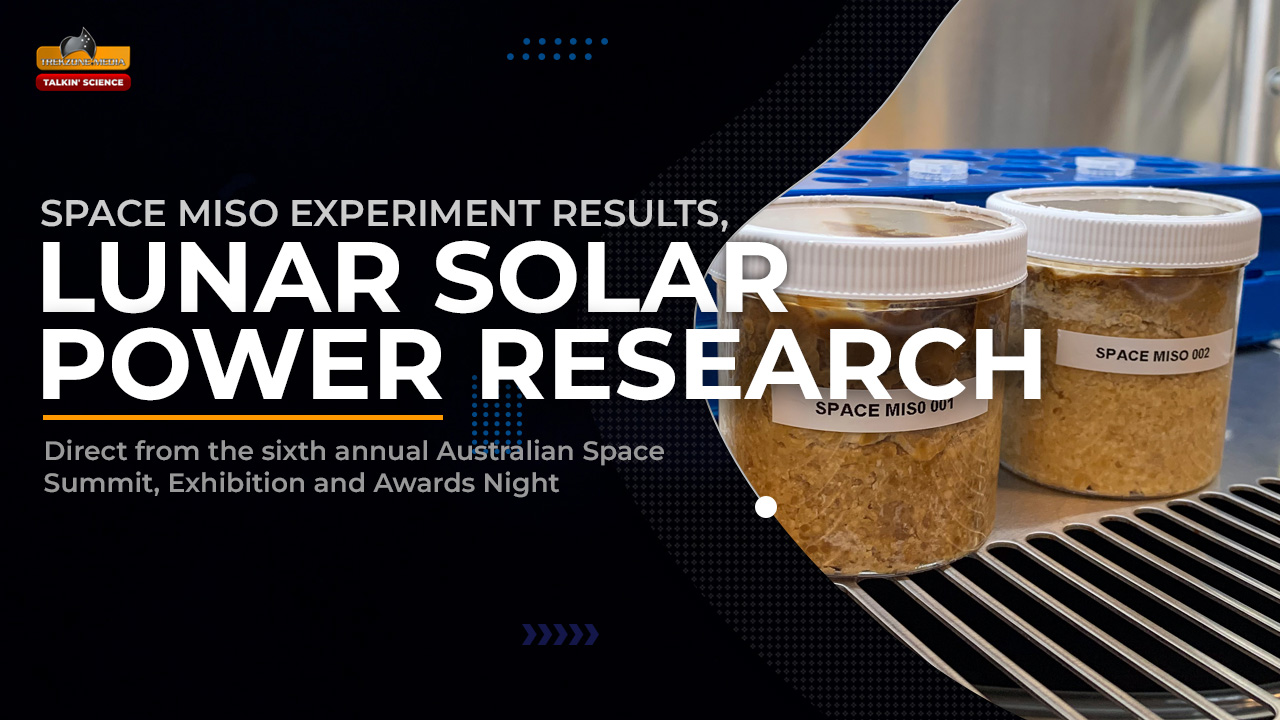
Direct from The Australian Space Summit, Exhibition and Gala Awards Night…

The Schrödinger impact basin is an area of the moon that contains two gigantic canyons – that are definitely there whether you look at it or not – and international researchers say they might have found out how these huge valleys were formed.
© Trekzone Media MMXXV. All Rights Reserved.
The views and opinions expressed by guests on our podcasts are their own and do not necessarily reflect those of Trekzone Media or its employees.